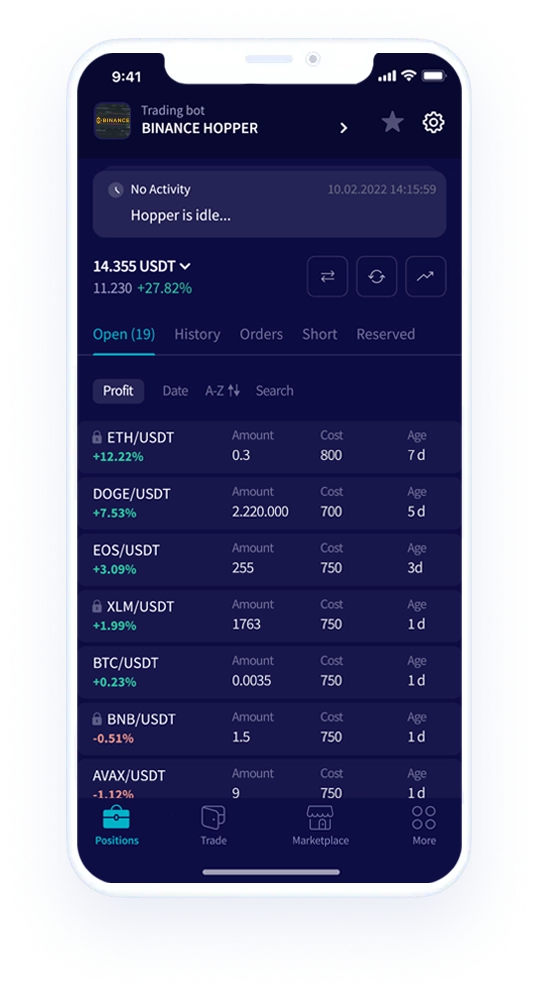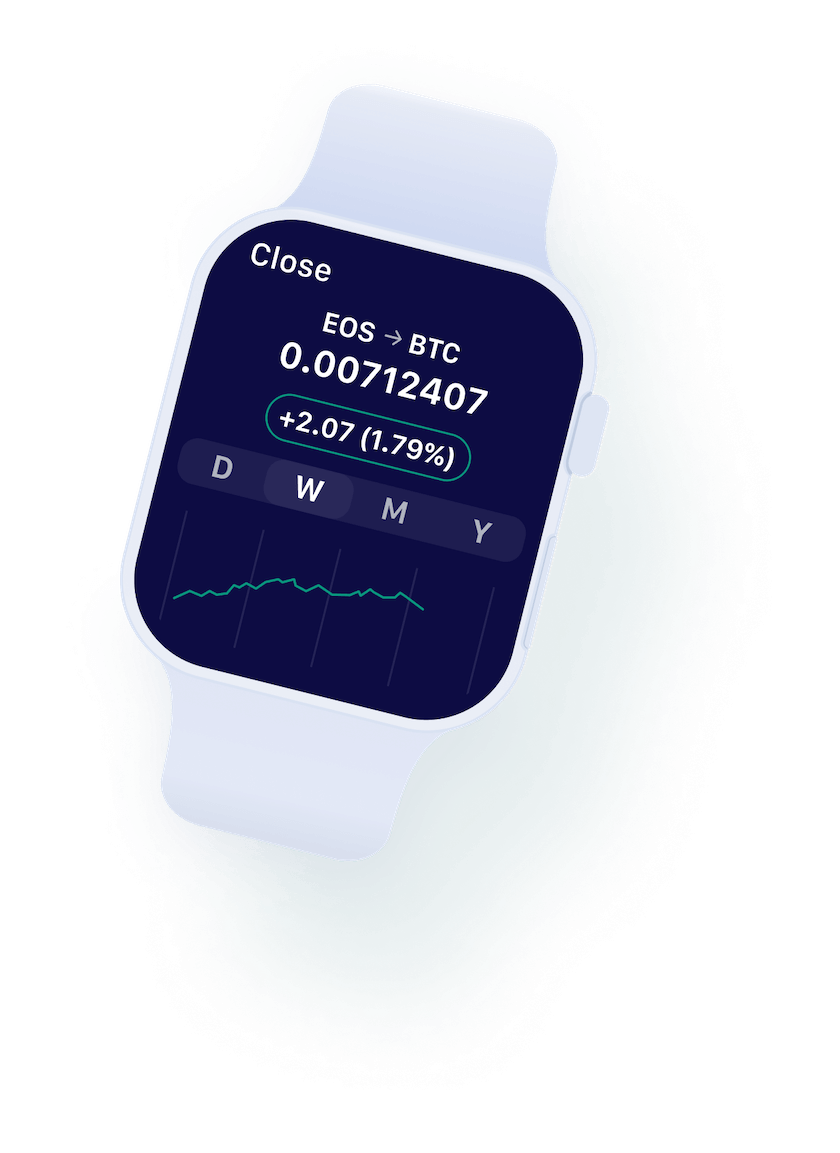USDT0 aims to address interoperability challenges in the blockchain ecosystem by enabling easier transfers of stablecoins across different networks without relying on fragmented liquidity pools or traditional bridges. It has been introduced on blockchains such as Ink, Berachain, and MegaETH, with plans for expansion to additional networks. The OFT standard ensures that USDT0 maintains a 1:1 backing with USDt on Ethereum, and transfers are validated by a decentralized security model involving oracles and relayers. This approach reduces the complexity of cross-chain transactions while enhancing liquidity management.
One of the key distinctions of USDT0 is that it is not available for direct trading. Instead, it serves as a transport mechanism to facilitate the movement of USDt across different ecosystems. Users can deposit or withdraw USDT0 on supported exchanges, such as Bitfinex, and utilize a currency conversion tool to swap it for standard USDt. This design allows for the seamless use of USDt on networks where native issuance is not feasible, providing users with more flexibility without compromising the underlying backing of the stablecoin.
Get started with USDT0:
Create a Bitfinex account here.
Verify your account to Basic Plus.
On the Currency Conversions dropdown menu, for “From” choose Tether USDt.
For the “To” dropdown menu, choose USDT0 on either Arbitrum One, or Ink.
Be aware that you cannot currently exchange USDT0 between the Arbitrum One and Ink variants.
The introduction of USDT0 carries implications for both blockchain users and platforms. For users, it offers a more efficient and secure means of transferring stable value across chains, reducing the risks associated with third-party bridges. For exchanges and Decentralised Finance (DeFi) platforms, it simplifies integration and liquidity management by unifying stablecoin supply across multiple networks. While USDT0 reflects a growing focus on cross-chain interoperability, its distinction from standard USDt, particularly the involvement of a third-party issuer, requires users to remain aware of the underlying mechanics and any associated risks when interacting with the asset.
What is the USDT0 Token?
Unlike standard USDt, which is directly issued and redeemable by Tether on supported networks like Ethereum and Tron, USDT0 operates through a “lock-and-mint” mechanism. When a user transfers USDt to a non-native blockchain, the equivalent amount of USDT0 is minted on the non-native destination chain, while the original USDt is securely locked on Ethereum. This ensures that each USDT0 token maintains a strict 1:1 backing with USDt on Ethereum, preserving the stable value peg to the US dollar.
USDT0 is built using the OFT standard developed by LayerZero, which allows tokens to move seamlessly across multiple blockchains. This standard eliminates the need for traditional bridging solutions, which often involve liquidity pools and can expose users to risks such as bridge exploits or price slippage. Instead, USDT0 enables users to transfer stablecoins between supported blockchains efficiently and securely, with transactions validated through LayerZero’s decentralised messaging and verification system. The initial launch of USDT0 began on networks like Ink and Berachain, with further expansion to additional blockchains anticipated.
The introduction of USDT0 addresses the growing demand for interoperability within the blockchain ecosystem, allowing USDt to operate more efficiently across different networks. It offers a practical solution for users seeking to move stablecoins between ecosystems without relying on fragmented bridging systems or managing liquidity pools. This development reflects the ongoing evolution of stablecoins as the blockchain industry continues to prioritize cross-chain functionality and interoperability.
USDT0 Tokenomics
USDT0’s tokenomics are structured around a “lock-and-mint” model designed to ensure that each USDT0 token is fully backed by an equivalent amount of USDt on Ethereum. This system maintains a strict 1:1 peg between USDT0 and USDt, which itself is a stablecoin pegged to the US dollar. When a user moves funds into USDT0, the corresponding USDt is locked on Ethereum, and an equivalent amount of USDT0 is minted on the destination blockchain. This ensures that the total supply of USDT0 across all chains is always matched by an equivalent reserve of USDt, preventing inflation or the creation of unbacked tokens. This model allows USDT0 to function as a stable representation of USDt across multiple networks, supporting interoperability without compromising the underlying stability of the Tether ecosystem.
The minting process begins when a user initiates a cross-chain transfer by locking USDt on Ethereum. This is done through a smart contract that holds the locked USDt securely. Once the transaction is validated, the LayerZero messaging protocol sends a message to the destination chain. Upon receipt of this message, the USDT0 contract on the target blockchain mints an equal amount of USDT0 tokens, reflecting the locked funds on Ethereum. This process is designed to be secure and reliable, utilizing LayerZero’s OFT standard and dual verification networks (DVNs) to confirm that the correct amount of USDt is locked before USDT0 is issued on the new chain. This ensures that no tokens are minted without proper collateral.
Redemption follows the reverse process. When a user seeks to move USDT0 back to Ethereum or convert it to USDt, the USDT0 tokens on the source chain are burned. Once this burn is confirmed, a LayerZero message is sent to the contract holding the locked USDt on Ethereum, instructing it to unlock and release the equivalent amount of USDt to the user. This burning mechanism ensures that USDT0 tokens are only created when backed by USDt and are destroyed when redeemed, maintaining the supply balance across chains. This system prevents excess issuance of USDT0 and upholds the 1:1 backing, reinforcing the stability and reliability of the token as it moves across different on-chain ecosystems.
USDT0 Community Channels
The post appeared first on Bitfinex blog.

